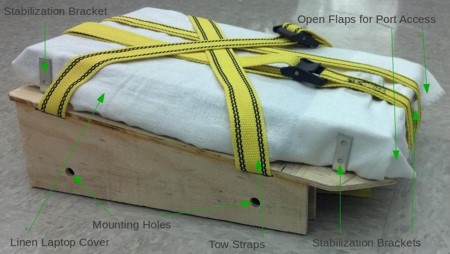AutoRally Project History
The AutoRally project began in 2011 to support a DURIP grant for vision-based high-speed autonomous navigation. The original platform was developed by PhD student Brian Goldfain and Paul Drews, with help from masters student Rahul Ashok and supervision from professor James Rehg. A picture of the original AutoRally Platform is shown below.



The first high-speed autonomous driving tests were conducted through a collaboration with PhD student Grady Williams, advised by Evanglos Theodorou, when his MPPI algorithm was ported to AutoRally and tasked with driving quickly around the oval GT-ARF track. This work led to the ICRA 2016 publication listed on the main project page.
Over several iterations, AutoRally was refined to support a broad range of autonomous vehicle experiments under the supervision of Brian Goldfain. Additional PhD students not already mentioned who contributed to the project include Kamil Saigol and Marcus Pereira. A mostly complete list of undergraduates who contributed to AutoRally include Cory Wacht, Matt Barulic, Orlin Velev, Sarah Selim, Dominic Pattison, Justin Zheng, Jeffrey McKendree, Luis Pimentel, Alexandra Miner, and Jason Gibson. The current version of AutoRally is shown below.
This work was made possible, in part, by the U.S. Army Research Office (ARO) through the Multidisciplinary University Research Initiative (MURI) award W911NF-11-1-0046 and Defense University Research Instrumentation Program (DURIP) awards W911NF-12-1-0377 and Office of Naval Research (ONR) DURIP N00014-17-1-2318.

Additional collaborations have expanded the AutoRally fleet to 6 vehicles at Georgia Tech. The fleet has supported the experimental results of numerous publications with research from the labs of James Rehg, Evangleos Theodorou, Byron Boots, and Panagiotis Tsiotras. PhD students, not already listed, who have used the platform for experiments include Nolan Wagener, Yunpeng Pan, Keuntaek Lee, and Changxi You.